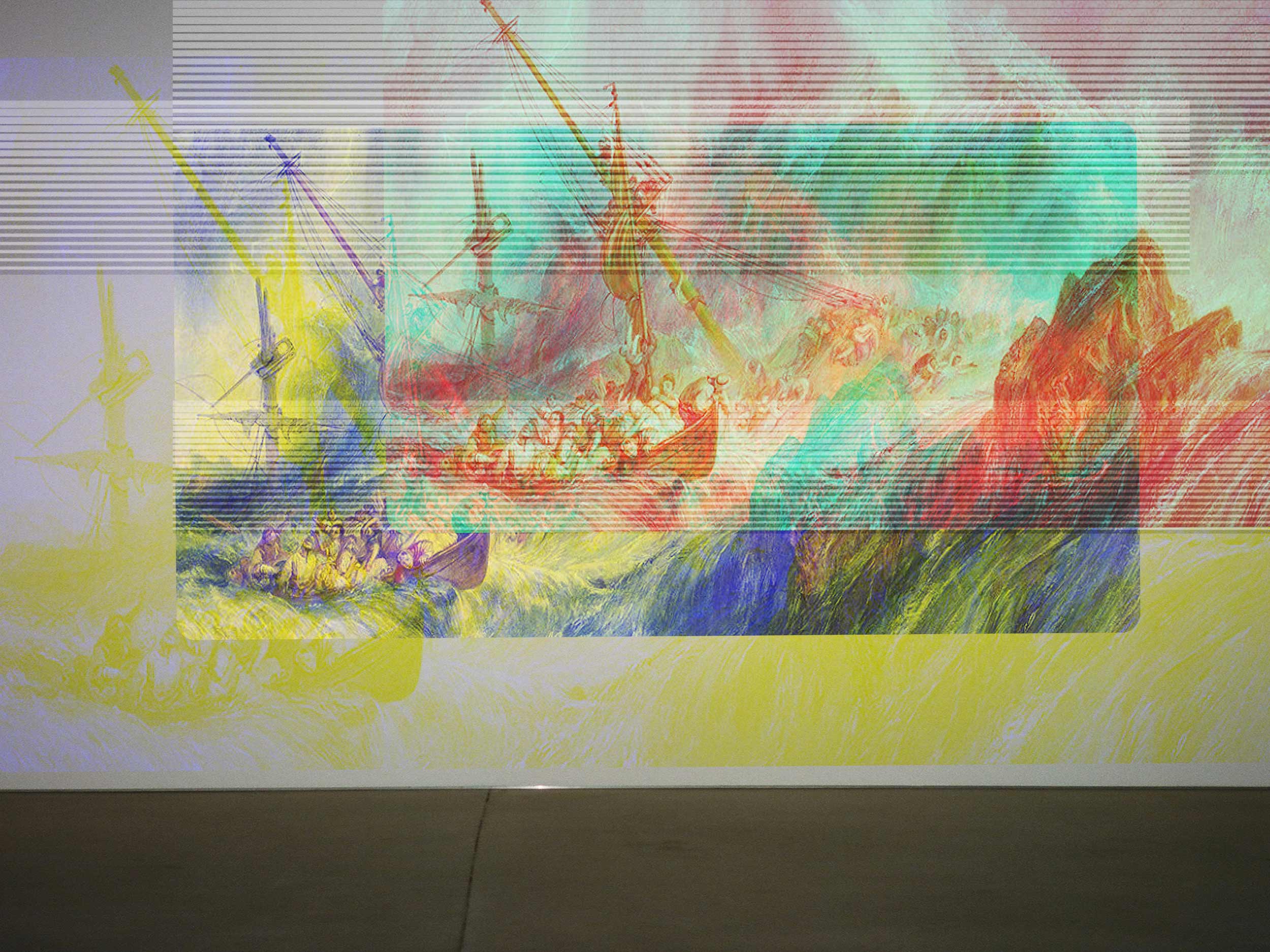Cultural institutions are cashing in on the blockchain boom, arguably compromising the physical collections they own
There are few institutions above capitalizing on the blockchain boom. Art is certainly subjective, but some NFT purchases made by notable names for notable prices have been… questionable. While the longstanding fiscal value of NFTs is indeterminate, recent investments prove there is a determined community of believers in the medium. NFTs have been used to fund everything from war (see: Ukraine) to healthcare startups (see: Noora Health). Recently, the most esteemed institutional pundits of taste, museums, bought into the movement.
The French NFT platform LaCollection specializes in the market, selling digitized versions of art collections and museum pieces. In partnership with the British Museum, LaCollection has aided in a number of blockchain projects, including sales of 20 of J.M.W. Turner’s watercolors in the form of NFTs. Turner, according to a biographer, saw those who sold prints of his work to be “huxters,” or peddlers. It’s reasonably safe to assume he’d be equally condescending to NFTs, which arguably have even less real-world value than prints. The British Museum is not alone in such projects: MoMA recently posted a listing for a Web3 Associate, Milan’s Ambrosiana Library and Unit London are working with Florence’s Uffizi Gallery to release six ultra high-resolution NFTs of works by Leonardo da Vinci, Raphael, and Carravaggio, and the State Hermitage Museum in St. Petersburg, Russia held an auction of NFT replicas of five of its best-known paintings.
Museums, especially in the pandemic years, have faced funding problems and have been seeking solutions beyond groveling to potential donors. Does this wave of museum interest in NFTs validate them as an art form, or is it just the latest iteration of t-shirts and tote bags that feed their funding? Unlike galleries, museums generally function as educational institutions, suggesting that its purpose is closer to the latter.







